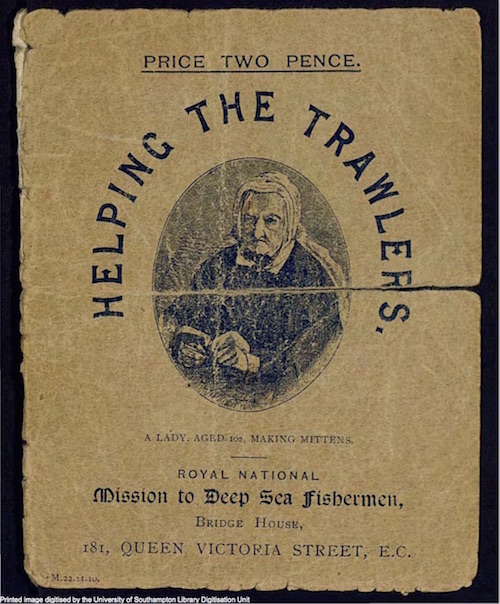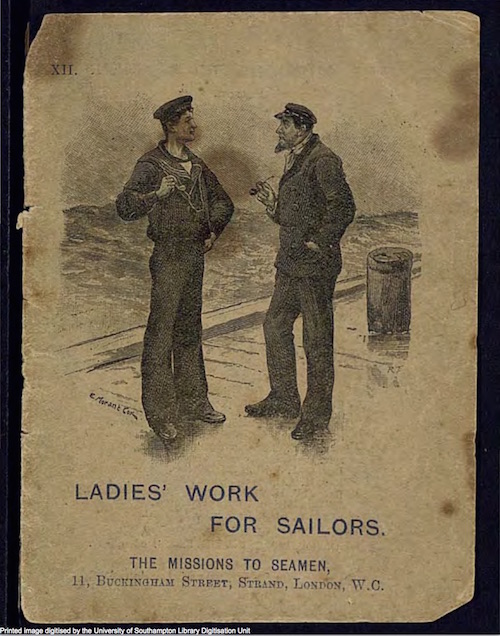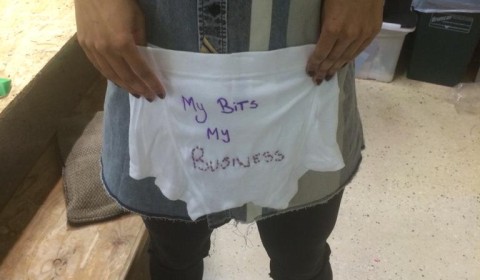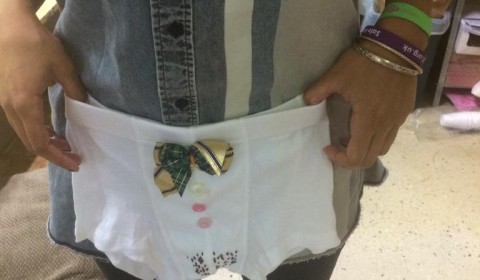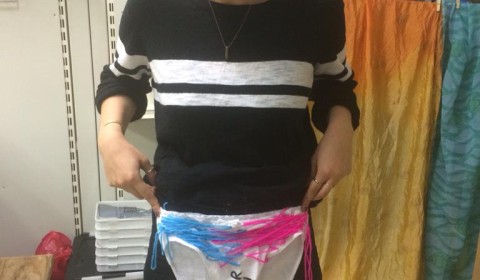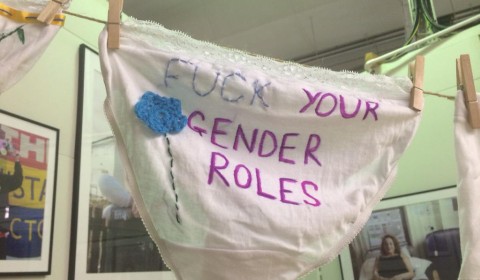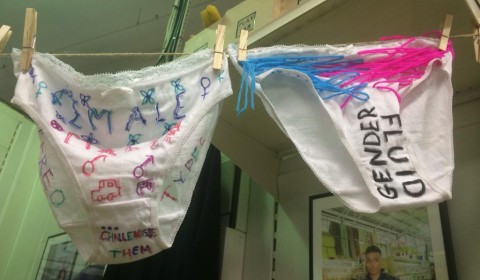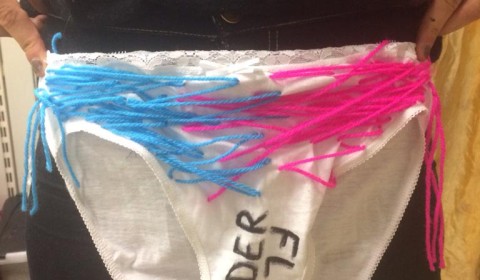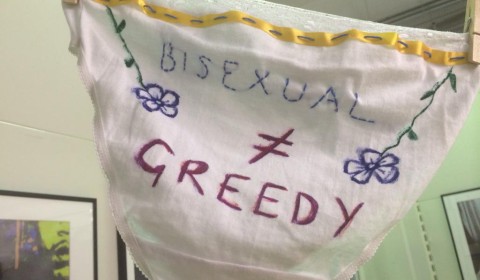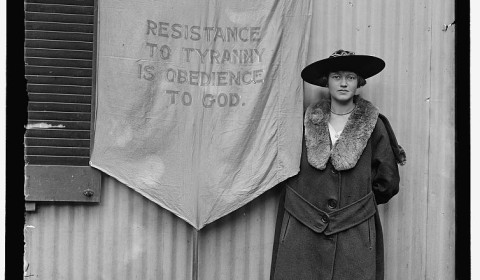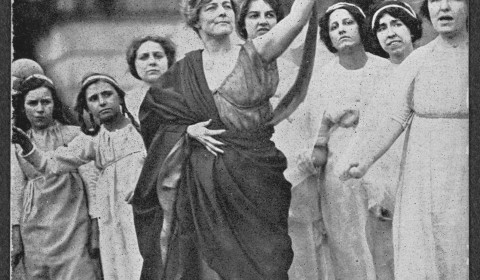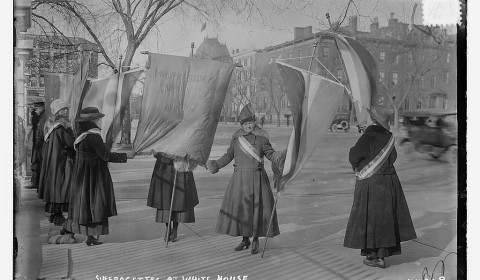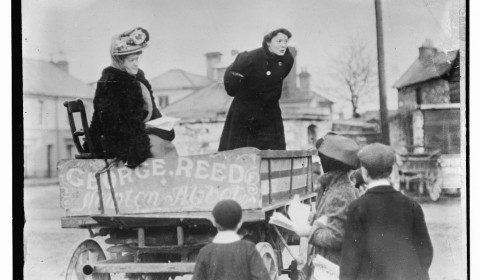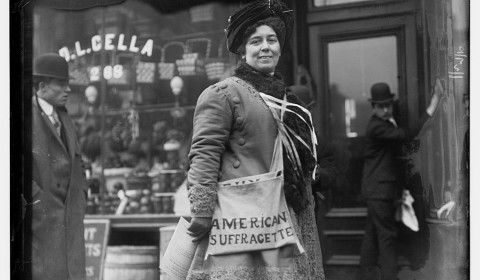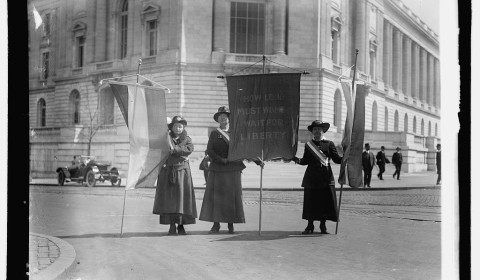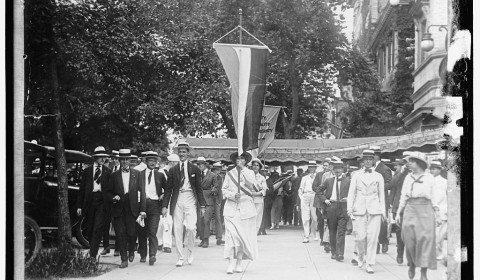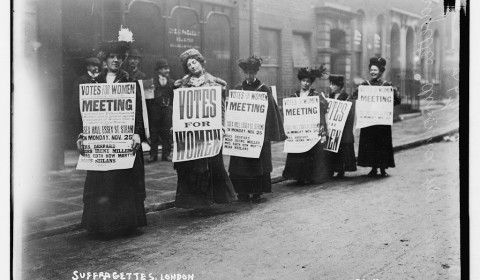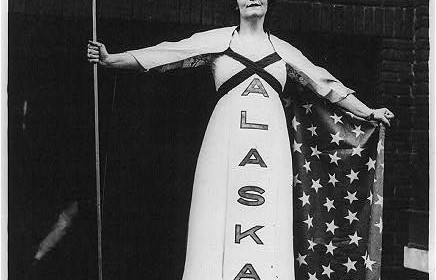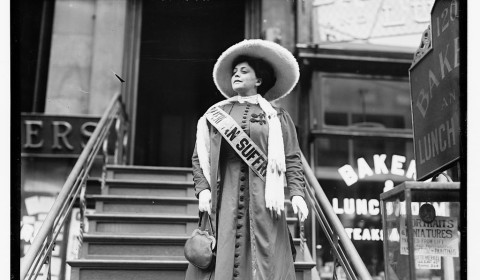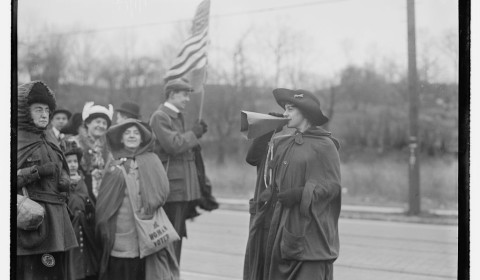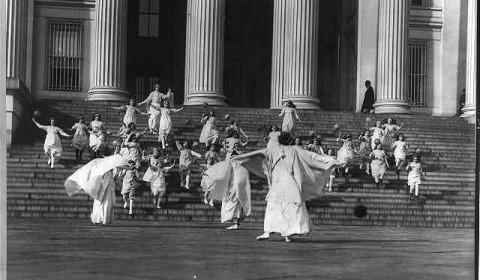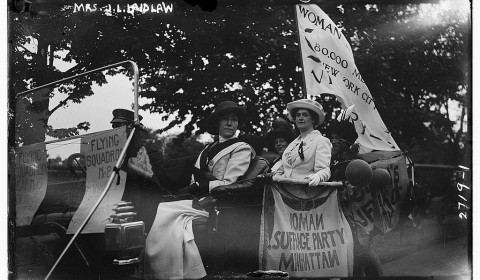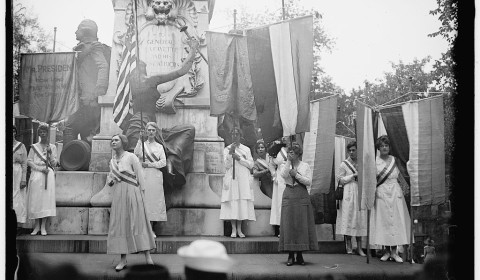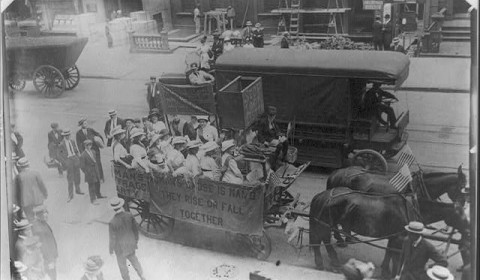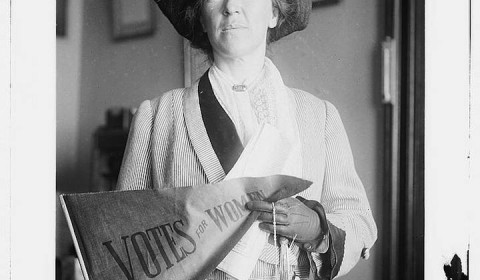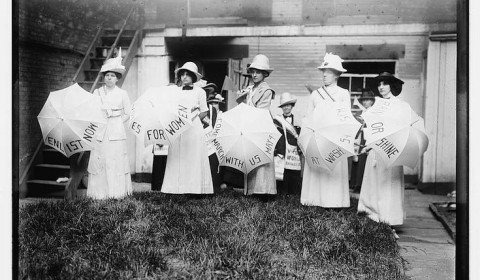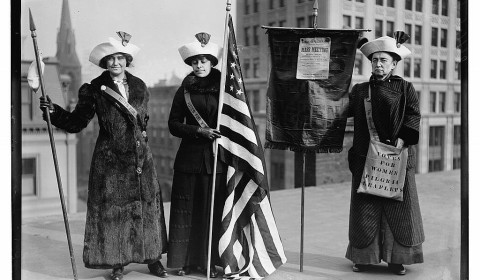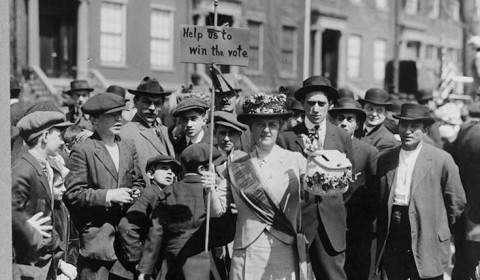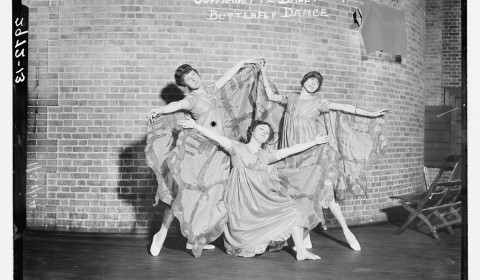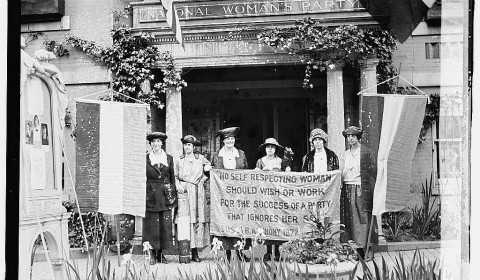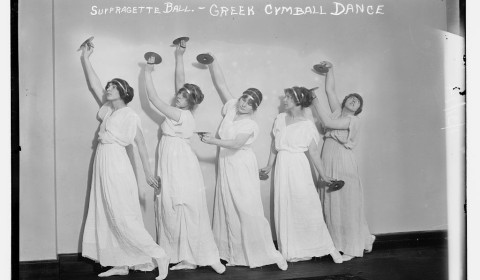One of the great things about having a blog or website is that you never know who will find you or be reading… and just this on its own an be so exciting! Well, after my post about Louisa Pesel the other day and noting that there wasn’t much information about her online, I got an email from one of the women who organized the Ecclesiastical Embroidery exhibition in Bradford Cathedral in 2010, who kindly provided me with more information! Yeah!
Here is her email:
Dear Betsy, I came across your Craftivism blog posting of 13th April, regarding Louisa Pesel, and you say you’d like to hear more about her.
I was one of a small team who organised an Ecclesiastical Embroidery exhibition at Bradford Cathedral in 2010, which is where the “Khaki Frontal” was displayed. The photograph that you have posted of it (in the Cathedral) would have been taken at this exhibition.
This Khaki Frontal is composed of the Super Frontal (the top piece), which was made by the shell-shocked soldiers in 1918, and the Frontal (the larger piece), made by their teachers in 1919. It was made for the Abram Peel War Hospital, as you say, and it was given to Bradford Cathedral for use in the Bolling Chapel, in memory of them after the War. The Bolling Chapel was reordered as part of the extension of the Cathedral in the late 1950’s.
We are currently hoping to raise money to have the Khaki Frontal on permanent display in the Cathedral, as it is such a unique and interesting piece.
The extract below is from the Exhibition Handbook, and includes a little more information about Louisa Pesel than you have in your blog:
On the back of the super frontal are the words:-
This frontlet was worked by shell-shocked soldiers, in the autumn of 1918, at the Bradford Khaki Handicrafts Club, for use at their services at the Abram Peel Hospital. It was lengthened and the frontal added by their teachers in 1919 and was accepted, in memory of them, for the Bolling Chapel in 1920.
The Bradford Khaki Handicrafts Club was established to provide occupational therapy and employment for men returning from the First World War, using embroidery. The Abram Peel Hospital was opened in 1915 as a specialist neurological hospital, and by 1919 had 437 beds. It was sited at Leeds Road.
Louisa Pesel was instrumental in getting the Khaki Club established; she was born in 1870, the eldest daughter of the Bradford cloth merchant Frederick Pesel, and his wife Isabella. She studied drawing and design under Lewis Foreman Day, a contemporary and close acquaintance of William Morris. She was appointed in 1903 as designer to the Royal Hellenic School of Needlework and Laces in Athens, and she acted as director of the school until 1907. On her return to England she became an inspector of art and needlework, and well known lecturer.
In 1920 she was elected as the first president of the Embroiderer’s Guild of England. In 1932 she founded the Winchester Cathedral Broderers with the object of providing the stalls and seats with cushions and kneelers, and she became Mistress of Broderers there in 1938.
The embroidered motifs in the design of the super-frontal and frontal here are similar to motifs from Greek island embroideries, which were one of Louisa’s favourite areas of research. Those on the frontal are similar to motifs from the island of Rhodes. They are worked in cross stitch, which was used in the majority of Louisa’s own projects.
Louisa Pesel died in 1947, and her collection of notebooks, photographs, drawings, and embroidery samples were left to the University of Leeds, and are now held in the University of Leeds International Textile Archive.
